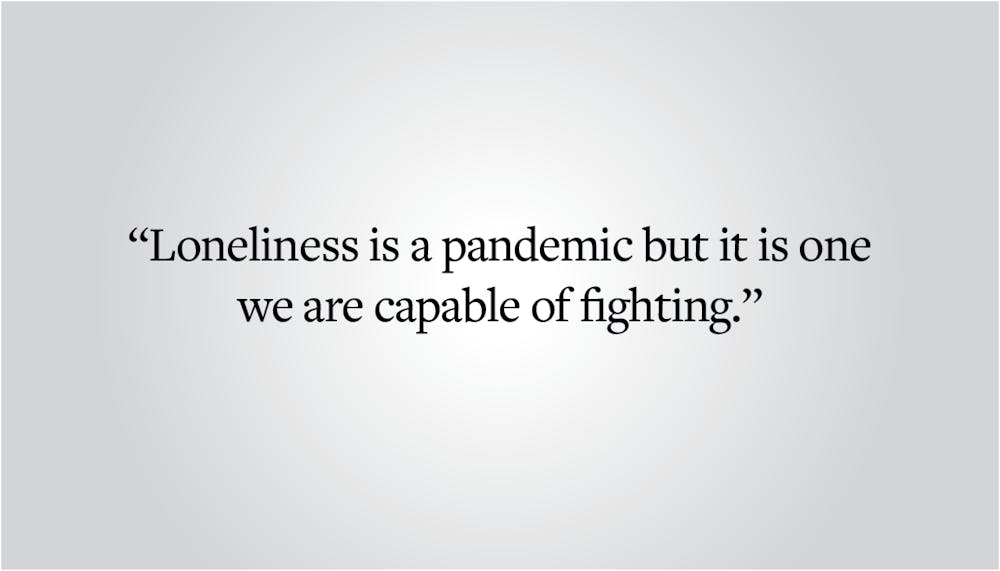Content warning: This column includes mentions of suicide.
America’s teenagers have become increasingly depressed, suicidal and lonely. Exacerbated by the pandemic, this national tragedy is reflective of a society that actively works to isolate our youth from one another. We must combat this directly by reinvesting in local communities.
Last month, the Centers for Disease Control and Prevention published its biannual National Youth Risk Behavior Survey. By almost every measure, young people are more unwell than they were 10 years ago. In 2021, 42% of teenagers reported feeling persistently sad or hopeless, up from 28% just 10 years prior. When asked about suicidal ideation, 30% of girls and 45% of LGBTQ+ teens reported seriously considering killing themselves. Between 2018 and 2021, the suicide rate among young Black Americans increased by nearly 37%, and during the pandemic, the number of teens admitted to hospitals for eating disorders has “exploded.” Dr. Kathleen Ethier, director of the Adolescent and School Health Division at the CDC, puts it bluntly — “young people are telling us that they are in crisis.”
We have to ask ourselves what’s driving this generational suffering. Over the past several decades, our society has grown increasingly connected yet simultaneously disjointed, informed yet distressed, hard-working yet burned out. We often think of sadness as a symptom of depression, but perhaps we ought to reframe things — depression as a symptom of modern life, and the endemic loneliness we are seeing among youth a direct result of it.
In comparison to older generations, the crisis facing young people is distinctly internal: Anxiety, depression and suicide are today’s pressing concerns. In this time of unprecedented online connectedness, young people feel lonelier than ever. Unrealistic expectations of what life should be and how we should look are shoved in our faces on social media. According to a leaked internal Instagram presentation from March 2020, Instagram made 32% of teenage girls on the app who felt bad about their bodies “feel worse” and 40% of boys experienced negative social comparison. With the majority of young people on these platforms, social media companies have a huge impact on teen mental health at the population level. But this is just one part of the story.
The Gen Z experience is one of tumult and pervasive economic insecurity. In a time of a record low socioeconomic mobility, the American dream — the idea that anyone can pull themselves up by the bootstraps and get ahead — seems more and more out of reach. Although different in scope and scale, societal stress has also brought upper-middle-class Americans into an “extracurricular arms race” around college admissions that perpetuates the belief that success is narrowly defined and closely gatekept. Suburban pressures to achieve lead to a sense of unbridled competition that further isolate and pit youth against one another.
The synergy between economic desperation and negative comparison driven by social media has created a generation of zombies. To best address this deep-seated anxiety young people are feeling, we first need to systematically address the underlying economic and social circumstances that make it so. And most of all we need to work to build more local communities and let kids be kids. This begins in our schools, where instead of over emphasizing achievement, we ought to prioritize collaboration and fun; in recreation where we ought to encourage youth sports participation at all levels because of its well studied benefits; and we need more in person spaces for community building and social connection, something that was once the domain of the church. Loneliness is a pandemic but it is one we are capable of fighting.
Mental health is a barometer of societal health, yet what we are seeing today is an all-out assault on the adolescent mind. This requires an all-out response. By reinvesting in communities and teaching our youth to prioritize well-being and collaboration, we can work towards not just improving our children’s mental health, but the fundamental issues facing society at large.

Tas Rahman is an opinions editor at the Brown Daily Herald writing about issues in higher education. When he's not coding or studying biochemistry, you can find him hiking and enjoying the great outdoors.





